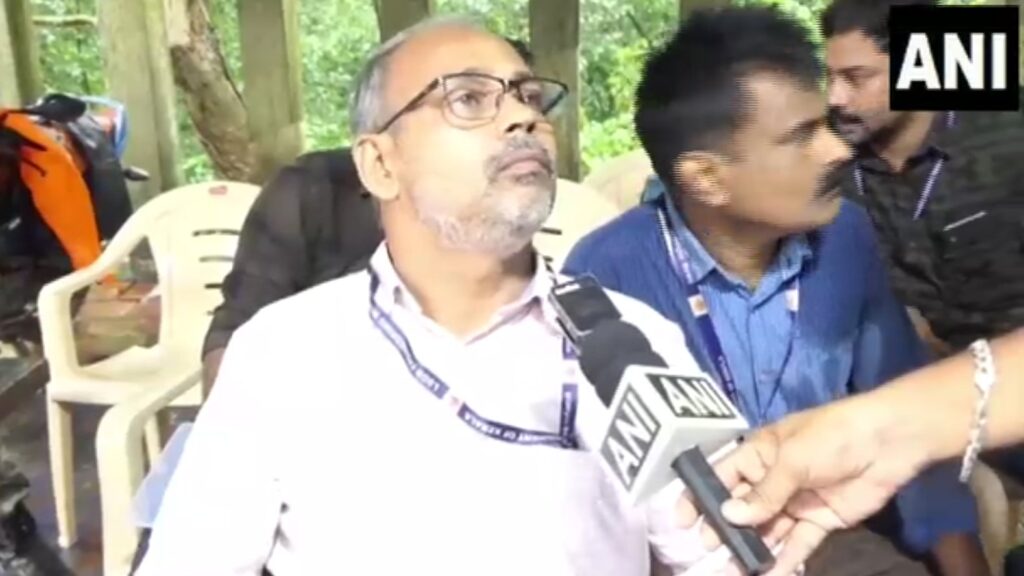Why Stopping Brahmaputra’s Flow Isn’t a Weapon — and May Even Help Assam
In response to Pakistan’s provocative remarks suggesting that China could retaliate against India by cutting off the Brahmaputra River’s flow, Assam Chief Minister Himanta Biswa Sarma offered a sharp and data-backed rebuttal that has gone viral.
The comments from Pakistan come amid India’s suspension of the Indus Waters Treaty, a move that has reignited debates over transboundary water politics in South Asia. However, Sarma has turned the narrative on its head, calling this fearmongering “a manufactured threat” with no scientific or hydrological basis. His response — framed around clarity, not fear — underscores how India contributes the majority to the Brahmaputra’s flow, and why any Chinese interference would be ineffective or even beneficial to flood-prone Assam.
China’s Brahmaputra Control: Limited Reach, Exaggerated Threat
Himanta Biswa Sarma emphasized that China contributes only 30–35% to the total flow of the Brahmaputra River, mostly through glacial melt and modest rainfall in Tibet. The remaining 65–70% originates within India’s own northeastern states, primarily from the monsoon-heavy regions of Arunachal Pradesh, Assam, Meghalaya, and Nagaland.
Hydrological data supports this claim. At the Indo-China border, the Brahmaputra (or Yarlung Tsangpo in Tibet) flows at 2,000 to 3,000 cubic metres per second (m³/s). By the time it reaches Assam, especially during the monsoon, the volume swells to a staggering 15,000–20,000 m³/s, thanks to India’s dense river network and tropical rainfall.
This renders any Chinese “water weapon” strategy largely ineffective. Sarma explained that China has never officially threatened to stop the Brahmaputra and that any speculation otherwise stems more from geopolitical anxiety than reality.
China’s Brahmaputra Control: Limited Reach, Exaggerated Threat
Himanta Biswa Sarma emphasized that China contributes only 30–35% to the total flow of the Brahmaputra River, mostly through glacial melt and modest rainfall in Tibet. The remaining 65–70% originates within India’s own northeastern states, primarily from the monsoon-heavy regions of Arunachal Pradesh, Assam, Meghalaya, and Nagaland. Hydrological data supports this claim. At the Indo-China border, the Brahmaputra (or Yarlung Tsangpo in Tibet) flows at 2,000 to 3,000 cubic metres per second (m³/s). By the time it reaches Assam, especially during the monsoon, the volume swells to a staggering 15,000–20,000 m³/s, thanks to India’s dense river network and tropical rainfall.
This renders any Chinese “water weapon” strategy largely ineffective. Sarma explained that China has never officially threatened to stop the Brahmaputra and that any speculation otherwise stems more from geopolitical anxiety than reality.
Assam’s Annual Floods: Less Chinese Flow May Actually Help
Chief Minister Himanta Biswa Sarma, on Tuesday, said that after India put the Indus Water Treaty (IWT) in abeyance, Pakistan is weaving a new “manufactured threat” narrative of what will happen if China stops Brahmaputra's flow into the country.
— The Assam Tribune (@assamtribuneoff) June 3, 2025
Read more:… pic.twitter.com/iSesvBFF8E
Turning the argument on its head, CM Sarma made a bold point: a reduced flow from China could actually benefit Assam. The state suffers severe flooding each year, displacing thousands and damaging agriculture and infrastructure.
If China were to limit flow — even partially — it might help mitigate these devastating annual floods, rather than worsen the water crisis. This practical perspective sharply contradicts the panic-driven narrative promoted by Pakistani commentators and adds much-needed nuance to India’s water security discourse.
Sarma also attacked the political motive behind Pakistan’s claims, calling it a “scare tactic” meant to trigger emotional and nationalist reactions in India. Instead, he urged citizens and analysts alike to “dismantle this myth — not with fear, but with facts and national clarity.”
His viral line — “Brahmaputra: A River That Grows in India — Not Shrinks” — quickly gained traction online, symbolizing a shift toward fact-based rebuttals in India’s geopolitical debates.
What If China Stops Brahmaputra Water to India?
— Himanta Biswa Sarma (@himantabiswa) June 2, 2025
A Response to Pakistan’s New Scare Narrative
After India decisively moved away from the outdated Indus Waters Treaty, Pakistan is now spinning another manufactured threat:
“What if China stops the Brahmaputra’s water to India?”…
In the era of water geopolitics, Himanta Biswa Sarma’s rebuttal is a powerful example of myth-busting with scientific literacy. While Pakistan’s threat of Chinese water retaliation might resonate emotionally, the hydrological facts don’t support it. By shifting the conversation from alarmism to awareness, Sarma is pushing for a new kind of political discourse — one driven by logic, data, and national confidence. His intervention not only neutralizes the specific threat but also signals a more mature, grounded approach to India’s internal and external water narratives.





















